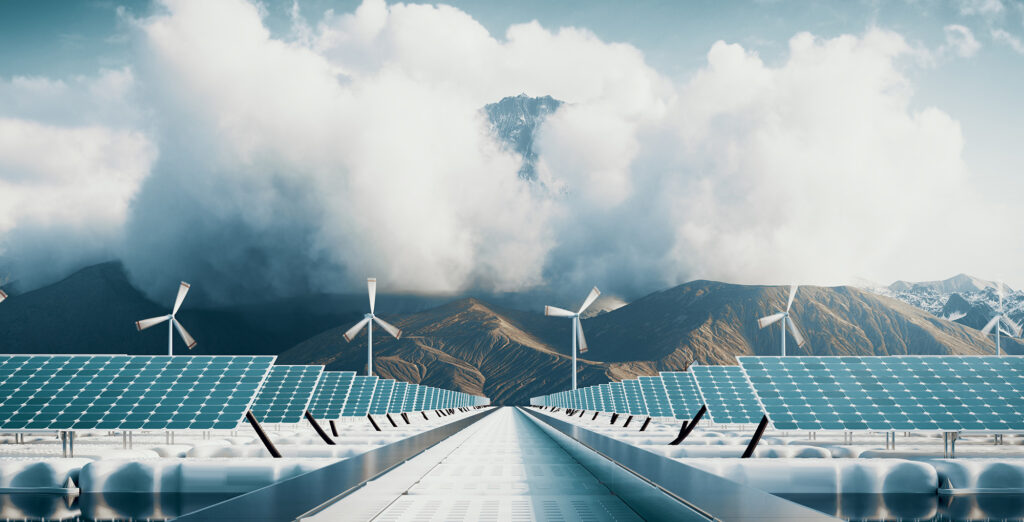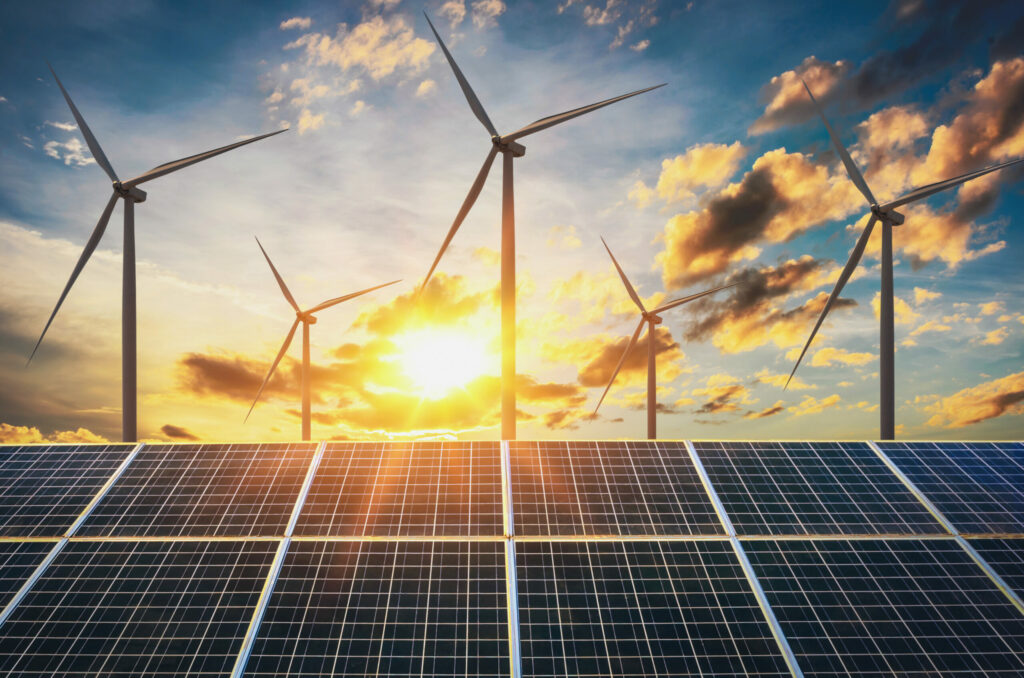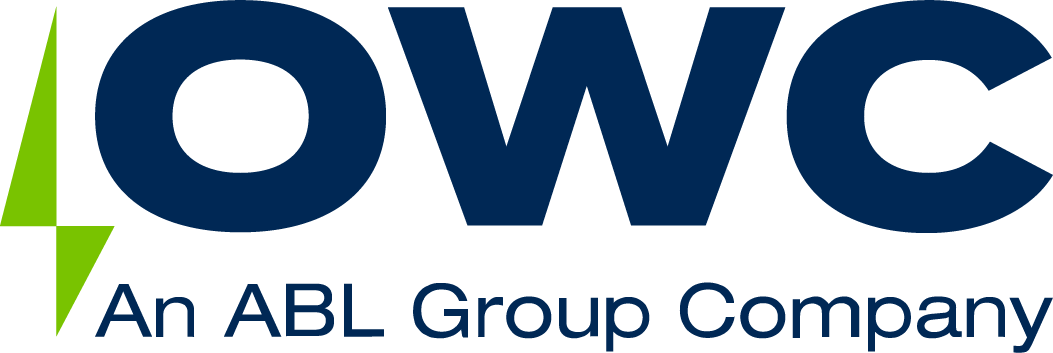Loadshedding in South Africa: Time to Transition
South Africa is in the middle of a crippling energy crisis, with load shedding figures for 2023 continuing to deteriorate year-on-year. So, what’s wrong with the country’s electrical grid and supply system, and what action is needed to change it?
The core problems are fourfold:
- Overdependence on coal. 85% of the power consumed in South Africa derives from coal, and pressure to break this usage has been building for years.
- South Africa lacks dispatchable power capacity to deploy to service demand. Gas turbines also run on diesel instead of cleaner fuels such as Liquified Natural Gas (LNG) which drive up running costs exorbitantly.
- Mismanagement of the state utility provider, Eskom, with widespread concerns about corruption at the highest levels within the organisation.
- Huge debt, due in part to massive embezzlement of Eskom’s profits through corrupt connections to cartels. Blackouts are enabling criminal sabotage of facilities which is exacerbating tensions and causing cyclical need for facility repairs.
Time to Transition
The combination of dependence on coal and ineffective planning and scheduling of maintenance on power stations is compounding the load-shedding crisis. Critical generation capacity is lost while units are taken offline for long periods of time to be repaired, leaving Eskom with a Level 6 (4 000 MW to 6 000 MW capacity) deficit to fill, to meet electricity demand. Alternative energy sources are needed if loadshedding is to be ended. There are even suggestions that country has actually entered into Level 8 on occasions, however this has not been formally acknowledged by Eskom.
As such, South Africa has a leading role to play in the wider continent’s energy transition. It is second only to Morocco in Africa in terms of its energy transition commitments and technical potential. Now, regulation and policy reform are needed to support the rollout of renewables at utility-scale in order to stabilise the grid, drive socioeconomic development and achieve energy security for the country.
According to South Africa’s 2019 Integrated Resource Plan, the intention is to increase the energy mix to 24.7% derived from renewables by 2030 – roughly an additional 5% on current levels. While not a total move away from coal, the plans do signify a desire at some level in the government to install a greener, reliable, and ultimately coal-free electricity system.
The energy transition to renewable sources is happening anyway regardless of corruption, and regardless of what the government does or doesn’t do to enable it. A positive example was the proposed large-scale 3.3GW coal-fired power plant project in the Musina-Makhado energy and metallurgical special economic zone being cancelled and replaced with renewable sources. But progress will be slow until widespread support is achieved.
The Rise of Renewables
Earlier in 2023, the REIPPPP programme successfully introduced multiple GWs of utility-scale renewable energy across the country. Six preferred bidders were announced under Bid Window 6 of the REIPPPP, bringing an additional 1,000MW potential capacity to the national grid from solar PV sources, on top of the 975MW contributed by Bid Window 5 projects. But multiple delays and setbacks, most notably due to grid capacity constraints, have stalled the realisation of projects and created major industry uncertainty.

Meanwhile, we have seen the rise of the “parallel” private sector Commercial and Industrial (C&I) market which has drawn several Independent Power Producers away from the REIPPPP due to less red tape and significant bid preparation costs associated with the REIPPPP. The future of the REIPPPP is now very much on a knife edge.
Neighbouring countries are recognising the need to develop their own sustainable electricity supply where previous dependence on imports is now not viable. Furthermore, South Africa’s neighbours are gaining interest in green hydrogen which will require that these countries stand on their own feet when it comes to security of power supply.
South Africa’s own ambitions for hydrogen have been made clear with the release of the Green Hydrogen Commercialisation Strategy (which has been approved by Cabinet but has yet to be Gazetted). This will require a significant investment in power generation capacity but it is yet unclear how this will be serviced while basic electricity supply cannot be sustainably provided to the country.
A Hybrid Horizon
In his Budget Vote speech in May 2023, South Africa’s Minister of Mineral Resources and Energy, Gwede Mantashe, revealed plans for Bid Windows 7 and 8 which will offer 5,000 MW of capacity each, with a further 1,230 MW of battery storage procurement.
It’s not just solar PV and wind that’s on the rise. In February 2023, South Africa announced a new bidding process for Energy Storage Independent Power Providers. The process aims to bring 5 new substations online in the Northern Cape storing 513MW.

Further, ABL and OWC have been appointed to provide approximately 1.5 GW of energy yield assessment work related to nine potential solar PV developments in South Africa, with another 500 MW for two potential onshore wind farms.
Having already embraced a hydroelectric solution in the 180MW Steenbras Hydro Pump Station, the city of Cape Town has avoided some degree of loadshedding blackouts. The city mayor announced in April 2023 the intention to design, build, and operate a R1.2 billion solar PV plant to further protect Cape Town from blackouts. The project will feature battery storage capable of providing protection against one full stage of Eskom loadshedding and will yield up to 60MW of renewable energy.
It’s clear that positive progress is being made in shifting focus – albeit incrementally – towards renewable energy generation in South Africa, however, it is projected that it will take 24-36 months to bring these facilities online, which will not serve as a short-term solution to the loadshedding crisis.
From our experience in engaging with developers and IPPs we are seeing that most developers are permitting their sites with a co-located BESS, to provide flexibility in the event that the Government mandates that any future renewables plants are to be built with a BESS system for arbitrage and ancillary service support.
OWC is already helping a large food group with a pilot programme of C&I sites whereby the grid / diesel supplies are being hybridised with solar PV and BESS to help reduce diesel costs and improve resiliency.
Conclusion
The South African government has announced a plan to attract more private investments in new generation capacities, raise Eskom’s maintenance budget and start electricity imports from Botswana and Zambia.
With an ever-increasing energy demand, one thing is for sure, there is no time to lose with adding new generation capacity across the country.
OWC in South Africa
Our key services are:
- Technology selection and design optimisation
- Hybrid system sizing optimisation
- Bankable energy yield assessment
- Invitation to Tender drafting, facilitation and adjudication
- Contract closure negotiation support
- Financial closure support
- Design reviews
- Construction monitoring
- Commissioning witnessing
- Taking Over support
- Operational monitoring
- Final Acceptance support

By Lee Smith
Head of Renewables for Sub-Saharan Africa
